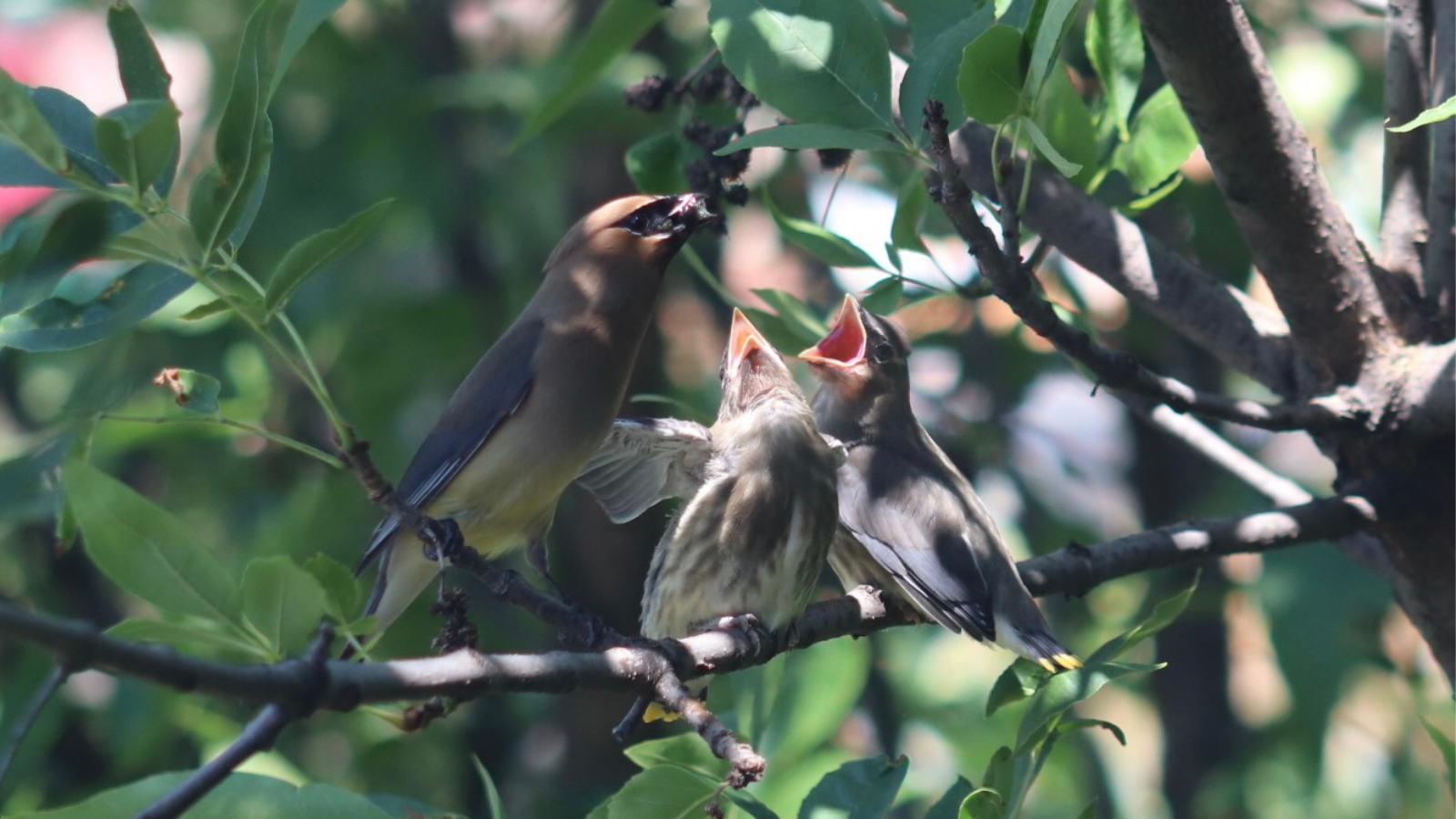
Take action to protect birds from building collisions
The Federal Bird-Safe Buildings Act will help protect thousands of birds from meeting a gruesome fate against a building’s reflective windows
Send Your Message
Up to one billion birds die by colliding into buildings every single year in the U.S.
In a particularly deadly week in October, nearly 1,000 migrating birds were found dead by a glassy lakeside Chicago building. The building’s smooth exterior—combined with the fact that the lights remained on into the evening—likely contributed to the disorientation and deaths of the numerous birds.
Clear, reflective stretches of glass can look like open stretches of sky to birds, whose eyes can’t easily see normal window panes. Our cities are a deadly gauntlet for migratory birds, and the losses are staggering in scope. Overall bird populations in North America have dropped by nearly a third since 1970.
Here’s the good news: There’s a simple way to protect birds from building collisions. Straightforward measures like replacing plain glass with textured panes and reducing nighttime lighting can help birds avoid fatal crashes.
This practical and life-saving measure is central to the Federal Bird-Safe Building Act, which requires all newly renovated or constructed federal buildings to incorporate bird-safe building materials and design features.
Because they’re so common, it can be hard to imagine that birds are in danger of serious decline. You can find a feathered friend almost everywhere you look: eating from a backyard bird feeder, pecking at crumbs in a parking lot, perched on telephone wires overhead, and beyond. But the unfortunate truth is that some of our most common bird species—like sparrows and blackbirds—are those facing the most dramatic population crashes.
Birds are vital to ecosystems everywhere. They’re a part of countless food webs, and they help disperse seeds and pollinate plants.
That’s why the loss of so many birds is extremely concerning to the scientists who researched the population decline—who say the drop in bird populations could be a sign of “general ecosystem collapse.”
There’s no single solution to the crisis. We’ll need to address climate change, toxic pesticides, habitat loss, and more to truly protect birds. But the Federal Bird-Safe Building Act will be a great place to start, by making immediate changes to buildings that will start saving bird lives right away.
Up to 1 billion birds die by colliding into buildings every single year in the US, but this bill will help change that.
Send Your Message
In the Northern Rockies, gray wolves are tracked, hunted, and slaughtered from the moment they’re born. We won’t rest until wolves everywhere are safe -- but we can’t do it alone. Join the Environmental Action pack in our campaign to save wolves with a donation today.
